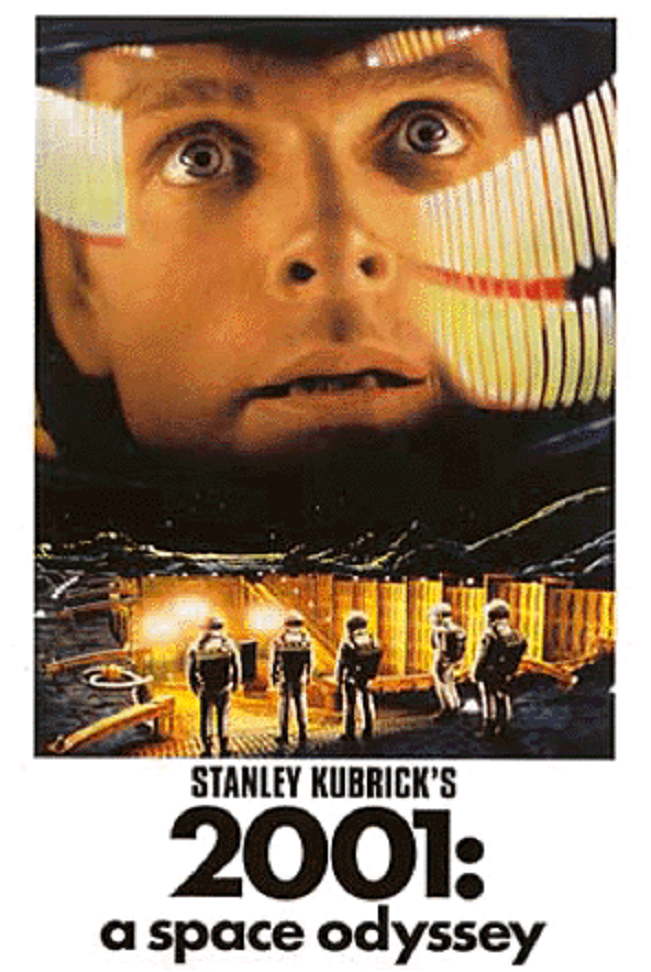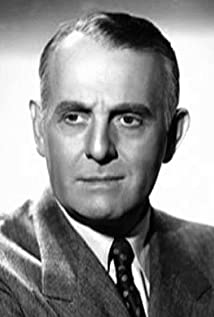Moroni Olsen
Even his more courteous, somewhat friendlier types gave one pause for concern. The tall, beefy, balding, icy-eyed character actor Moroni Olsen was one of Hollywood's more popular and imposing performers of film during the late 1930s, 1940s and early 1950s.
The versatile player was born Moroni Olsen and raised in Utah to Mormon parents (Edward Arenholt Olsen and Marsha Holverholst). Acting in church theatricals, Olsen attended and graduated from Weber State Academy before studying drama and elocution at the University of Utah. The voice training he received there served him quite well in the years to come, both on the Broadway stage and in Hollywood. After scattered performances in stage and tent shows in the East, he spent some time selling war bonds during World War I, then organized The Moroni Olsen Players in his native Ogden. The Utah-formed touring company eventually became one of the better known repertory companies around the county.
Olsen made his Broadway debut portraying Jason in "Medea" in 1920, and continued in NY for the next couple of years with a series of classical plays that included "The Trial of Joan of Arc," "Iphegenia in Aulis," "Mr. Faust" and "Candida". For the next eight seasons he continued to direct and coach his repertory Players, while also handling scenery, staging and choreographing duties. The actor returned to Broadway (after a decade's absence) in 1933 with "Her Man of Wax," which was followed by appearances in "Mary of Scotland" (as John Knox), Katharine Cornell's production of "Romeo and Juliet" (as Lord Capulet) and in 1935's "The Barretts of Wimpole Street" (as Doctor Chambers).
Olsen made a tepid film debut as Porthos in The Three Musketeers (1935), a rather dull version of the classic Dumas story that starred an uninspired Walter Abel as D'Artagnan. His strong, regal bearing and classically trained voice, however, was not to be denied and he proved quite suitable for movies in the ongoing years. Staying in Hollywood, he played a formidable Buffalo Bill opposite Barbara Stanwyck's Blanco seguro (1935) and, in other key historical supports, was quite good in the Katharine Hepburn vehicle María Estuardo, reina de Escocia (1936) (again as John Knox, the role he played on Broadway), The Plough and the Stars (1936) (as Gen. Connolly), Tuya es mi vida (1940) (as Robert E. Lee) and Estrella del destino (1952) as Sam Houston. He played a much older Porthos (at age 63) in La espada de D'Artagnan (1952) opposite Cornel Wilde's D'Artagnan and Alan Hale Jr. as the younger, more limber Athos. Olsen's voice will be forever recognized from the Disney animated movie classic Blanca Nieves y los Siete Enanos (1937) as the prophetic baritone voice of the Magic Mirror ("Mirror, mirror, on the wall...). The actor's intimidating, unsympathetic features were very much in demand during the 40s and 50s and he proved quite at home portraying corrupt villains, dogged inspectors, no-nonsense doctors, barnstorming preachers, powerful attorneys and other men of distinction.
In between film assignments Olsen was active with the Pasadena Playhouse as both director and performer. For several years, the character actor and devout Mormon also directed the Pilgrimage Play, Hollywood's great passion play that predated the arrival of motion pictures. One of his last film assignments was as Pope Leo I in Sign of the Pagan (1954). The never-married actor died of a heart attack in Los Angeles on November 22, 1954, and was survived by a nephew, Edward Olsen (of Los Angeles). Funeral services were held back in his native Ogden, Utah, and was buried there at the Ogden City Cemetery.

